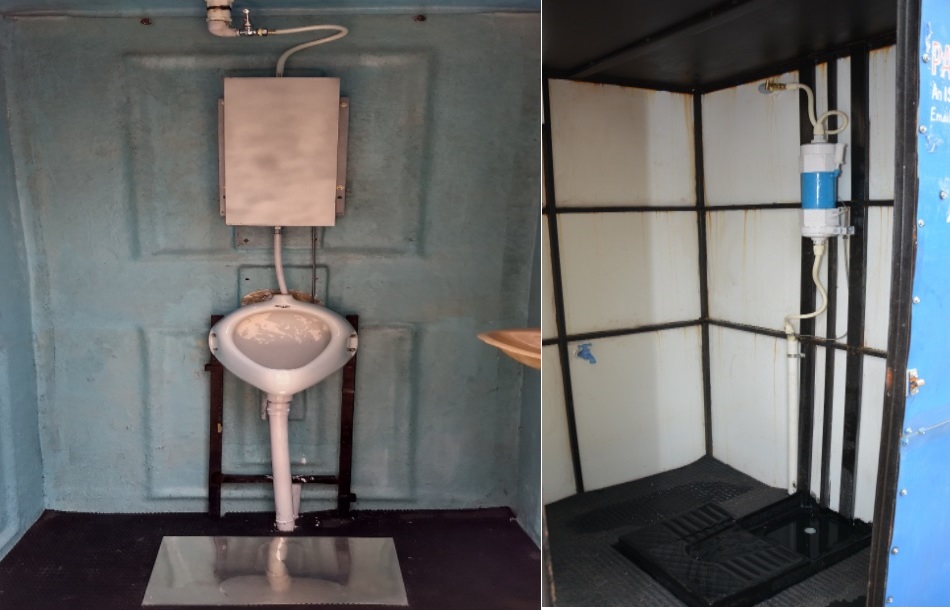Earlier this year, a documentary called Kakkoos unmasked the infernal conditions of public toilets in almost all parts of Tamil Nadu, and the miserable lives of sanitation workers who are forced to clean them.
The situation is not very novel in other parts of India either. This, of course, is old news.
But considering the unreliable statistics reeled out, which seem to try and prove that the situation in India isn’t as bad, now would be a good time to discuss what an average Indian’s hesitance with flushing the toilet is.
It’s either that they don’t think flushing after use matters, or that there is no adequate water in the flush – which is usually the case.
Either way, an average Indian would rather let the toilet stay dirty than touch the flush handle full of germs.
Realising manual flushing as a hindrance to sanitation in public toilets, Sushant Wath, a senior scientist at the National Environmental Engineering Research Institute (NEERI), decided to get rid of the flush altogether.
He, along with other experts at NEERI, built a prototype of a urinal, which has a low-cost, automatic mechanical flushing system.

With this urinal, they’re trying to solve three problems – lack of water, non-functional flushes and the apprehension of the user towards going anywhere near the flush handle.
“The urinal consists of a bulged portion acting as a temporary water reservoir. When the person stands near the urinal to use it, the pre-specified quantity of water automatically gets loaded into the temporary water reservoir. When the person leaves, the water collected in the reservoir automatically gets dispensed into the urinal,” Sushant told The Better India.
How this urinal is better than those with automatic sensors being used so far is the fact that it doesn’t require power, and its installation is much cheaper.
This, especially, makes it suitable for rural areas, where both power and water come at a price. Moreover, it promises to save 90,000 litres of water a year by using one litre per flush, as opposed to four or five litres in a standard flushing toilet.
This project, which is under the CSIR-800 initiative, is being coordinated by Nitin Labhsetwar, senior principal scientist and head at NEERI. Part of the team is also Rakesh Kumar, director of NEERI.
The urinal prototypes introduced under this project are for both men and women. Two units have already been installed within the NEERI campus for public use. Apart from that, two units have been introduced in Kalmeshwar village, Nagpur, and two in a school in the same village.
These installations are part of their last research phase, where they will test these urinals for their functionality and response they get from users. After this, they will be introduced to mass buyers.
The potential areas where the urinal can be introduced include rural and urban toilets, railway stations, bus stands, malls, airports, office, residences, colleges, schools and tourist spots.
Like this story? Or have something to share?
Write to us: contact@thebetterindia.com
Connect with us on Facebook and Twitter.
NEW: Click here to get positive news on WhatsApp!
If you found our stories insightful, informative, or even just enjoyable, we invite you to consider making a voluntary payment to support the work we do at The Better India. Your contribution helps us continue producing quality content that educates, inspires, and drives positive change.
Choose one of the payment options below for your contribution-
By paying for the stories you value, you directly contribute to sustaining our efforts focused on making a difference in the world. Together, let's ensure that impactful stories continue to be told and shared, enriching lives and communities alike.
Thank you for your support. Here are some frequently asked questions you might find helpful to know why you are contributing?

